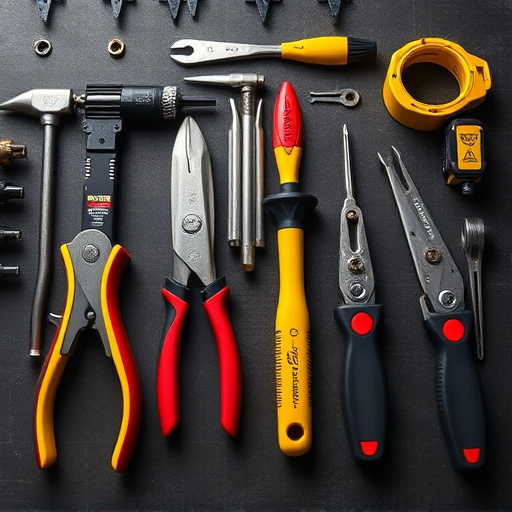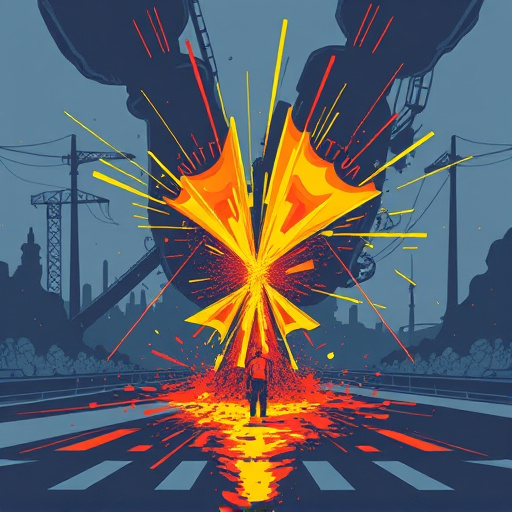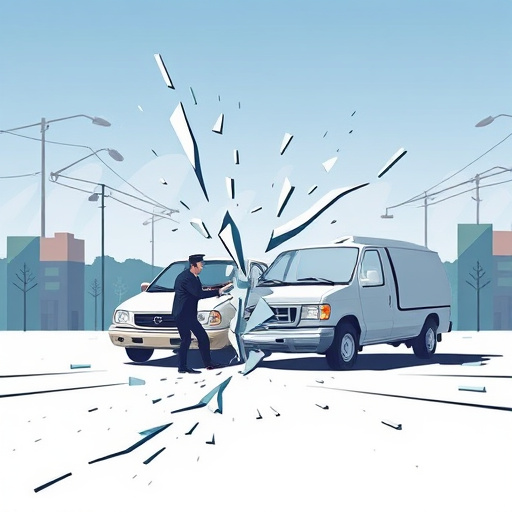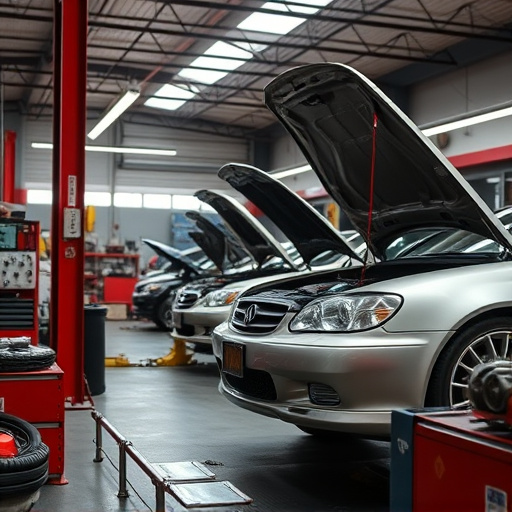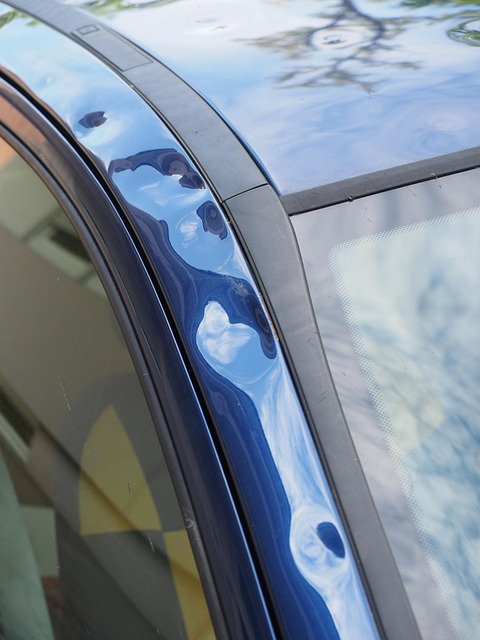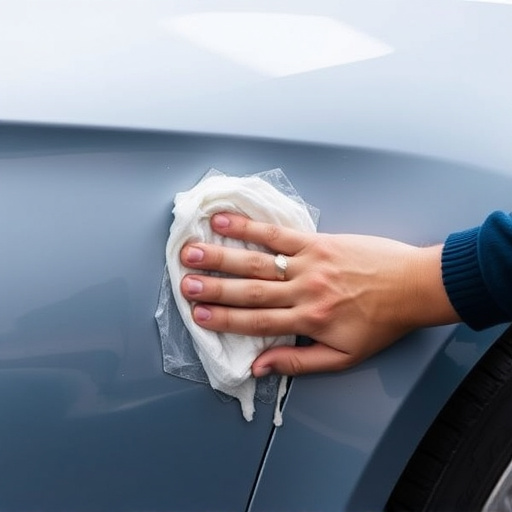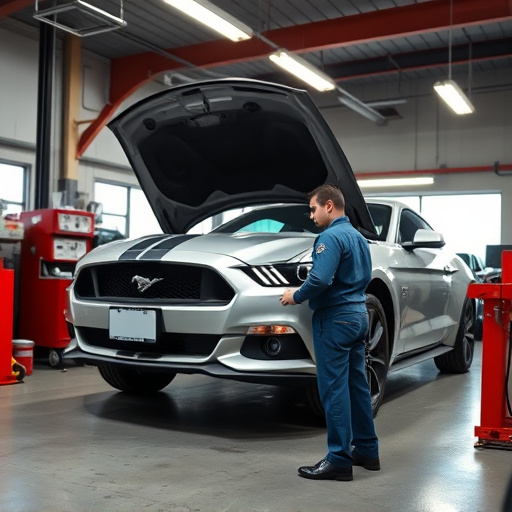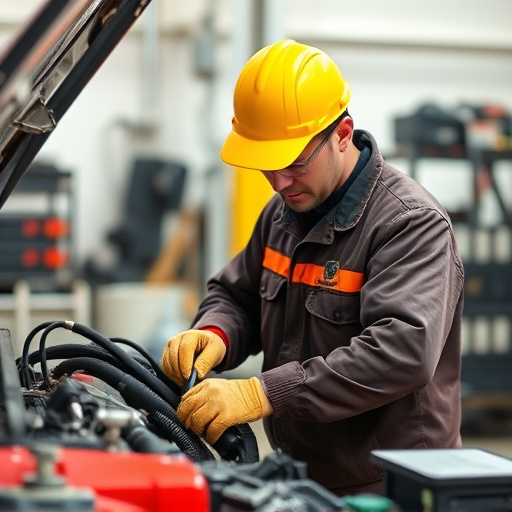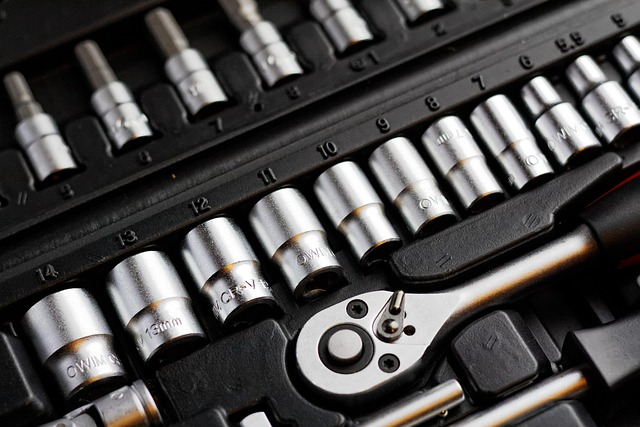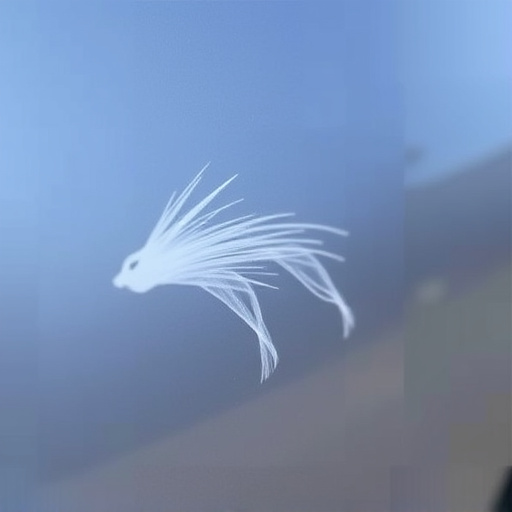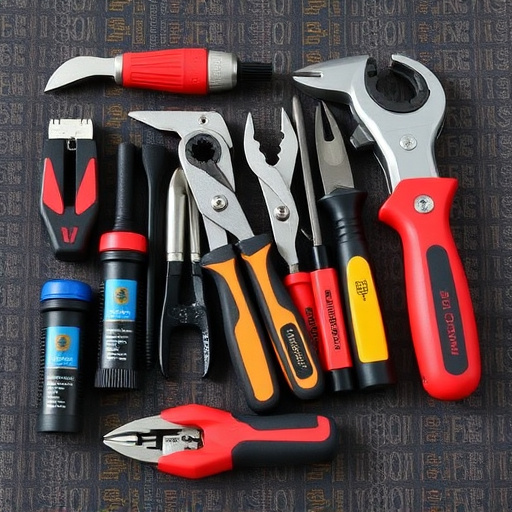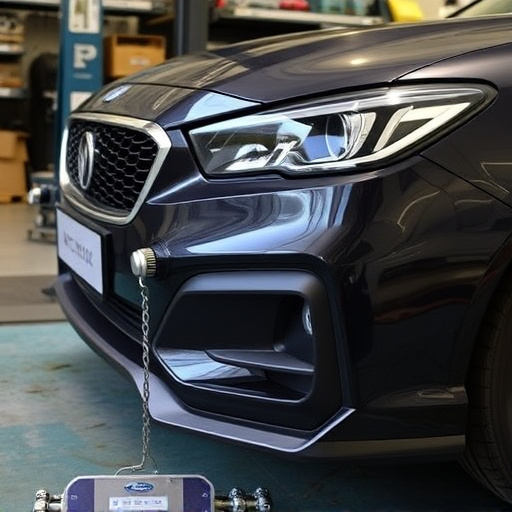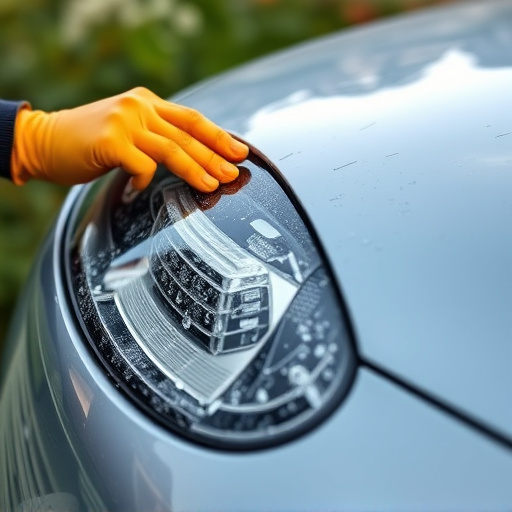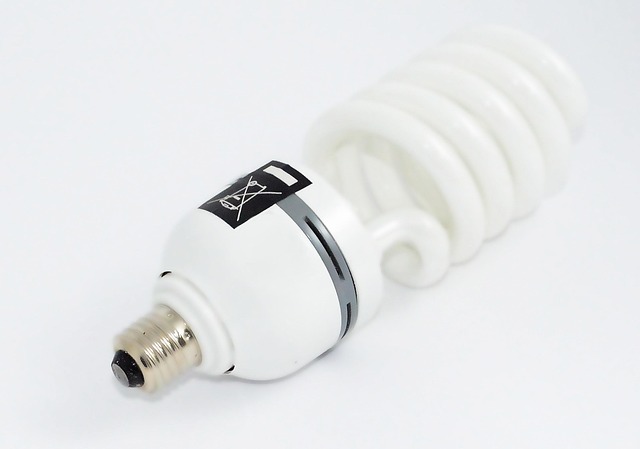Safety glass replacement has revolutionized the automotive industry by enhancing safety and quality standards. Driven by customer safety and vehicle durability concerns, manufacturers adopted advanced technologies like tempered glass, prompting updates in car repair services. This evolution has led to re-evaluated practices across industries, with auto collision centers adopting precision fabrication techniques. Global manufacturing facilities are embracing safer automated processes, integrating advanced safety glass technologies to meet regulations and benchmark workplace safety and efficiency.
Safety glass replacement has transformed manufacturing guidelines, driven by evolving safety standards and a commitment to mitigate risks. This article explores the profound impact of this revolution on manufacturing processes, delving into the comprehensive shifts required to adapt to safer practices. We examine how facilities are future-proofing themselves by embracing new technologies and protocols, ensuring not only compliance but also enhanced productivity and worker welfare in the face of stringent safety glass replacement standards.
- Evolving Safety Standards: The Glass Revolution
- Impact on Manufacturing Processes: A Comprehensive Shift
- Future-Proofing Facilities: Adapting to Safer Practices
Evolving Safety Standards: The Glass Revolution

The evolution of safety glass replacement has been a game-changer in the automotive industry, driving significant changes in manufacturing guidelines. As awareness about safety and quality grew, so did the standards for glass materials and installation techniques. This shift was fueled by the increasing prevalence of auto repair shops and car body shops prioritizing customer safety and vehicle durability.
Consequently, manufacturers had to adapt their processes to incorporate advanced safety glass technologies. The introduction of tempered glass, for instance, revolutionized car design, enabling the creation of more robust structures while minimizing the risk of injury during accidents. These advancements not only enhanced the overall safety of vehicles but also prompted updates in car repair services, ensuring that auto body shops could effectively handle modern glass replacement requirements.
Impact on Manufacturing Processes: A Comprehensive Shift
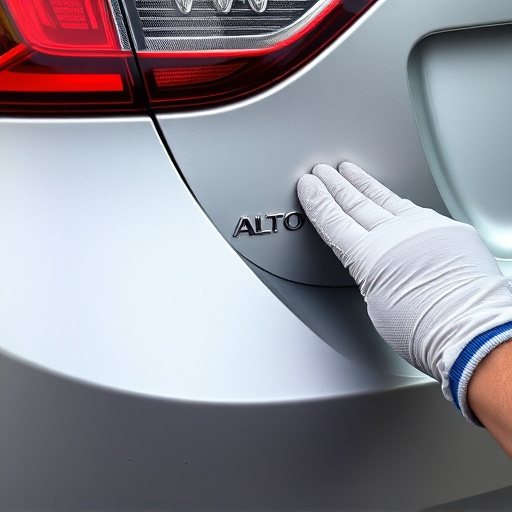
The advent of safety glass replacement has brought about a profound and comprehensive shift in manufacturing processes across various industries. Traditional methods of producing and installing glass have been reevaluated, leading to significant changes in guidelines and best practices. This transformation is particularly evident in the automotive sector, where safety glass replacement has become a cornerstone of vehicle construction, enhancing passenger protection during accidents. As a result, auto collision centers and car paint services have had to adapt their procedures to incorporate these new standards.
The shift towards safety glass has prompted manufacturers to reconfigure their assembly lines, emphasizing precision and adherence to strict quality control measures. This evolution requires a deeper understanding of materials science, as technicians now need to be adept at handling specialized glass types, ensuring seamless integration into vehicles without compromising structural integrity. Moreover, the process involves intricate fabrication techniques, demanding increased focus on detail during the repair or replacement of damaged auto glass, especially in complex designs and modern vehicle models.
Future-Proofing Facilities: Adapting to Safer Practices
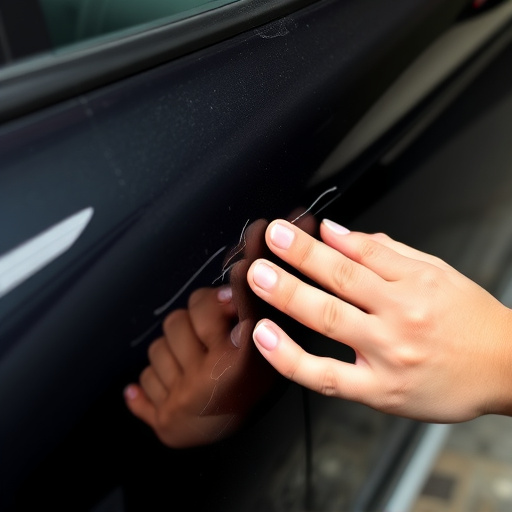
Manufacturing facilities worldwide are increasingly recognizing the importance of adopting safer practices, primarily driven by the advancement in safety glass replacement technologies. This shift is not just about meeting regulatory standards but also about future-proofing operations to mitigate risks and enhance worker safety. The traditional methods of glass installation, often involving manual labor and potentially hazardous materials, have given way to more robust systems.
Safety glass replacement has played a pivotal role in this transformation, encouraging a paradigm change in the industry. Modern facilities are now embracing automated processes for glass replacement, ensuring precision and reducing the risk of human error. This evolution is particularly evident in vehicle bodywork sectors, such as Mercedes-Benz collision repair centers, where staying ahead of safety trends is crucial to maintaining competitive edge. By integrating advanced fleet repair services with the latest safety glass technologies, manufacturers are not just complying with standards but also setting new benchmarks for workplace safety and efficiency.
The evolution of safety glass replacement has not only enhanced workplace safety but also prompted a significant revision in manufacturing guidelines. As we look towards the future, adopting these safer practices will be key to ensuring compliance with evolving standards and maintaining a robust, resilient production environment. By embracing these changes, manufacturers can create more secure workspaces and contribute to a broader culture of safety within their industries.

